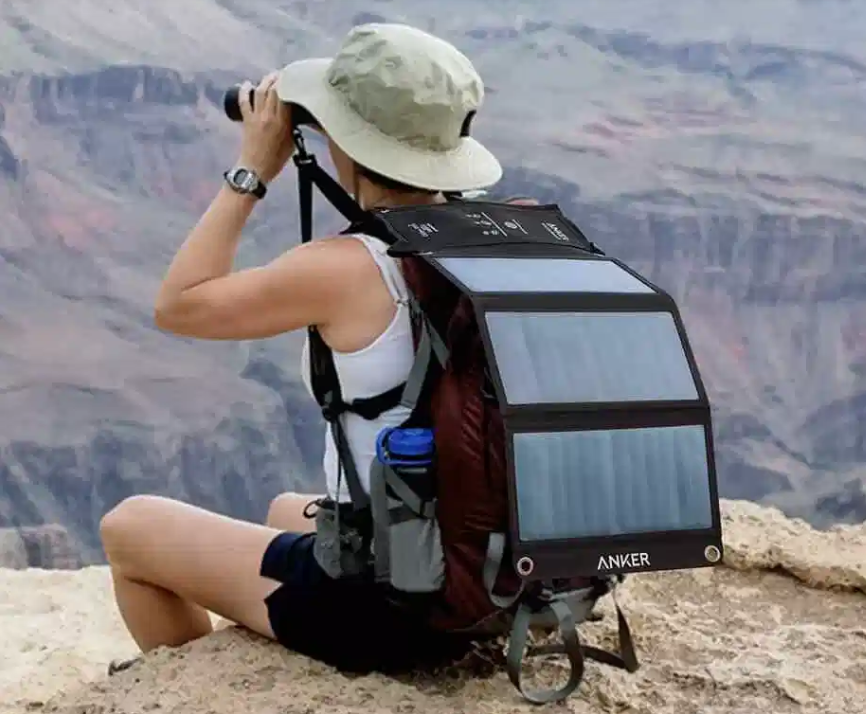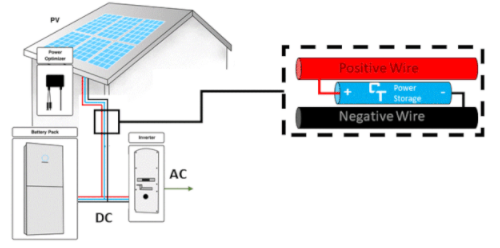Supercharging Our Renewable Future
Once upon a time, human life began on earth. At this moment, it was mankind’s destiny to be the most dominant predator as well as the consumer that would get the most out of what the planet has to offer. Over the past thousands and thousands of years, our consumption has steadily grown, and yet we are still looking and finding ways to consume even more. We continue to create methods to accomplish things faster, more efficiently, with increased clarity and volume. As we increasingly devour our natural resources everywhere, there is still a major asset that we have not come marginally close to using even a small fraction of… Solar Energy.
According to the US Department of Energy, the quantity of joules of energy that the earth receives each hour is greater than the total amount of energy that all humans use in a year. Clearly, we have a source of limitless clean energy in the form of solar power, but we are simply not capturing it. As we all know, there is a big push for renewables, for obvious reasons. They do not increase our carbon footprint or intensify global warming, like burning fossil fuels does.
Fortunately, this realization has led to the rise of clean and green technology. Now, instead of consuming fossilized sunlight, we can use the sunlight as it naturally shines down on us. More than ever, we’re transitioning from using up a non-renewable past to more of a pay-as-you-go plan future, continually consuming the endless energy resources surrounding us. We are gaining a better understanding of what energy we have and how to transfer the energy sources we have. One of the major challenges that the world is currently solving is expanding the options for how we collect and save the energy that we have.
As you may realize, the sun does not shine continuously. Partial cloud cover reduces the output of solar panels anywhere from 50% to 80%. How about we store the energy when we have it to be discharged by the load when we need it? What if we inserted supercapacitors, in the form of a cable, across the output of solar panels to blunt the effect of partial cloud cover? Supercapacitors can handle the temperature extremes found near solar panels better than batteries. Supercapacitors also handle fluctuations in power demand much better than batteries.
Flexible cable-based capacitors (CBCs), with a wire-like form factor, can work right into the cables running from the solar panel. This allows for retrofitting existing installations by simply replacing a section of the cable run. The integration of Capacitech Energy’s technology would be a customized or standardized solution to adding energy storage capabilities for solar systems.
Another worthy application for CBCs is with solar “generators.” These consumer devices are just luggable batteries combined with a battery management circuit and AC inverter, or solar panels can be attached. Solar generators have been becoming progressively popular in recent years among recreational vehicle owners, campers, and even the adventure seekers exploring remote locations. There is something economically satisfying, as well as sustainable, in “making” the power that you need on a daily basis. In many ways, solar power facilitates longer excursions into out-of-the-way places. Markets are seeing trends that indicate a strong post-pandemic interest in people getting out into nature. Solar generators are practically flying off the shelves right now.
One common issue with solar generators is that the DC to AC inverters in them have difficulty with start-up surge current. This current problem is frequent with devices that are using electric motors to power them. For example, suppose you need to cut up a log for your campfire. A typical chainsaw uses about 750 watts while running under minimal load. However, during a momentary heavy load or at startup, the power usage can more than double to over 1500 watts. Many expensive solar generators have a rating of 1000, 1200, or 1500 watts with continuous operation. A chainsaw can easily trigger the over-current protection when it starts up. If the output stage of the AC inverter has a proper heat sink, it can handle a few seconds of such current. However, the less expensive units have batteries that have difficulty providing the required instantaneous current. This complication is where our CBCs can provide the needed inrush current, easing the stress being put on battery cells. Another advantage of the innovative shape of our supercapacitor, is that they can also be fit into the compact shape of the smaller and lighter solar generators.
Adding power efficiency with flexible energy harvesting into the solar power grid is an example of the many ways our CBCs can help us reduce our environmental footprint and begin to clean up our world through optimized use of renewable energy. With malleable yet sturdy CBCs as energy storage, what innovative uses can you picture supercharging sustainable energy in our future? Imagine how much more we can consume, which history shows is exactly what we want.








